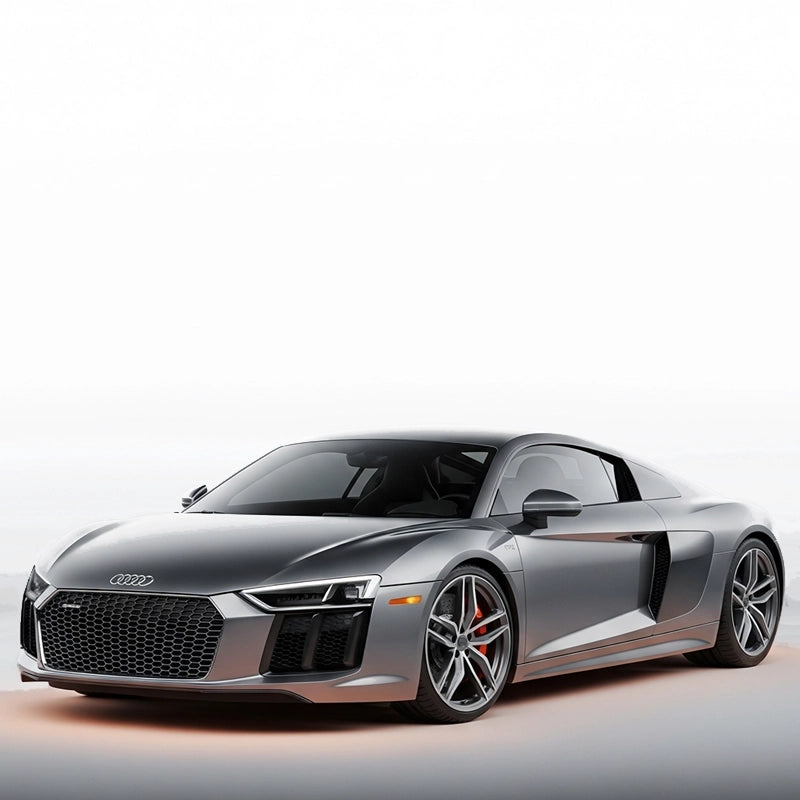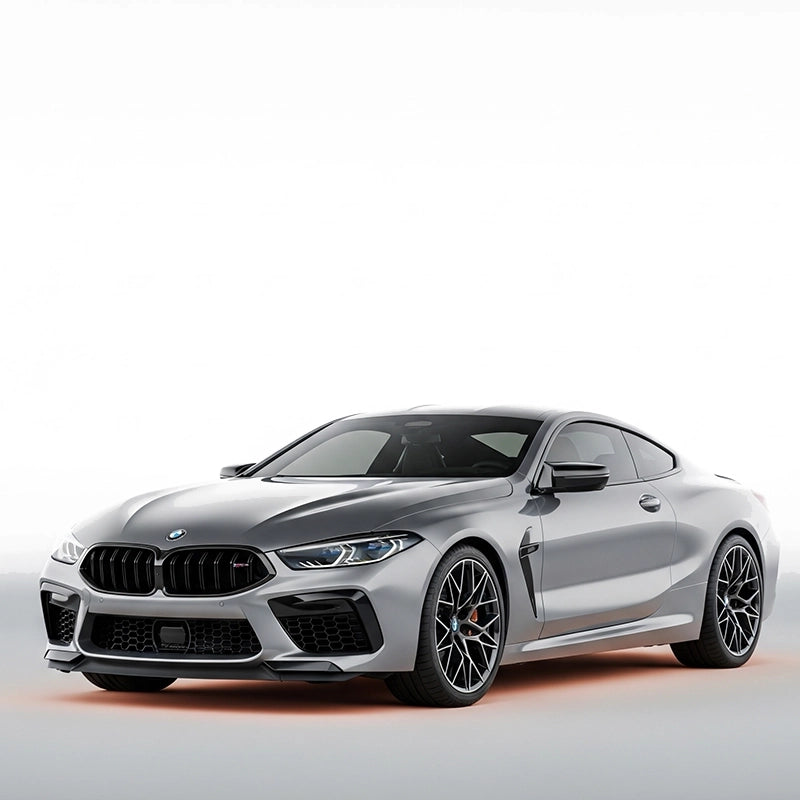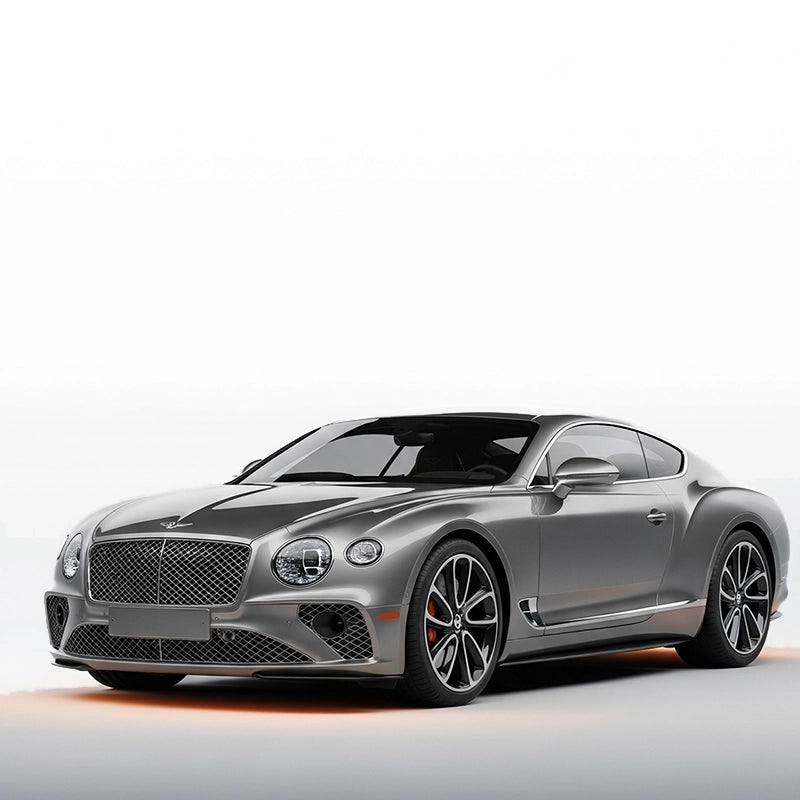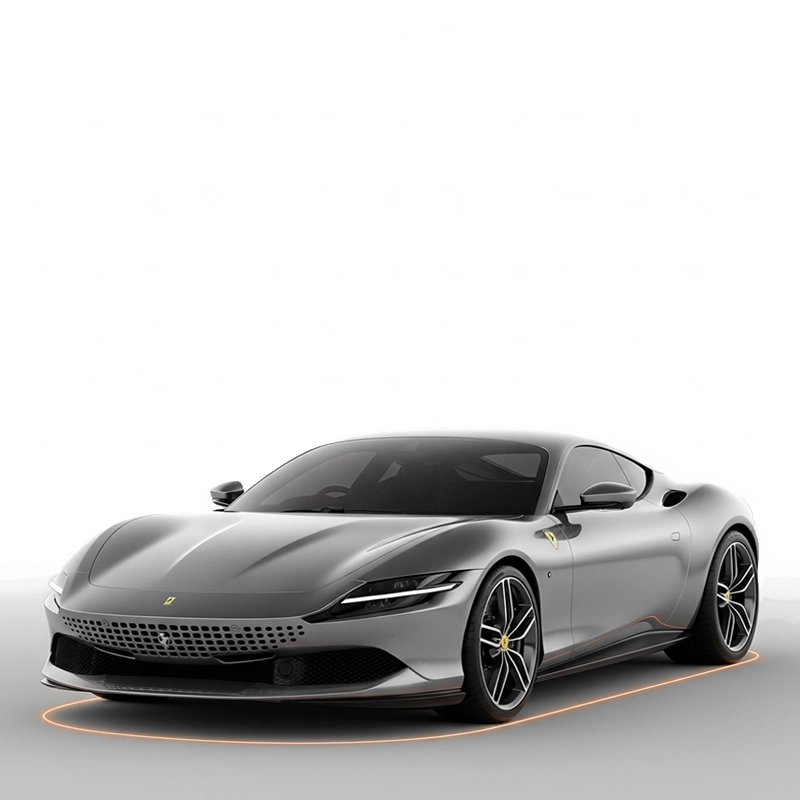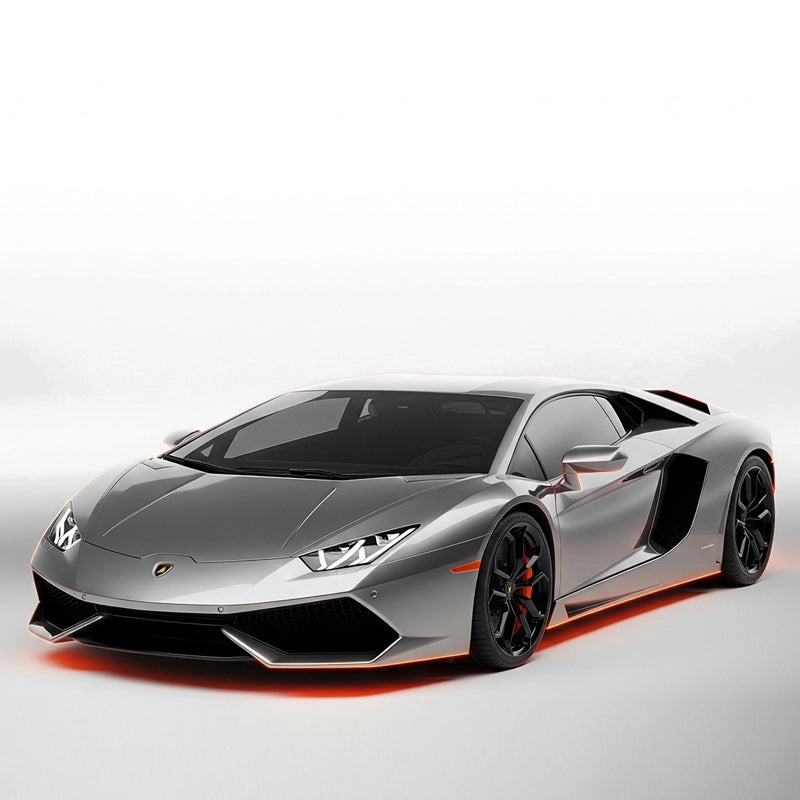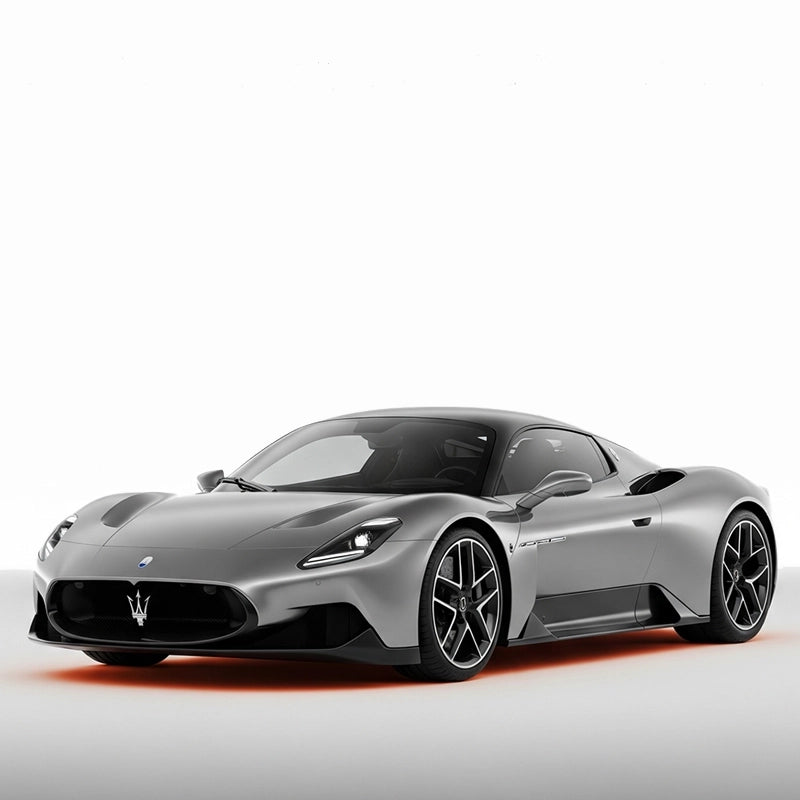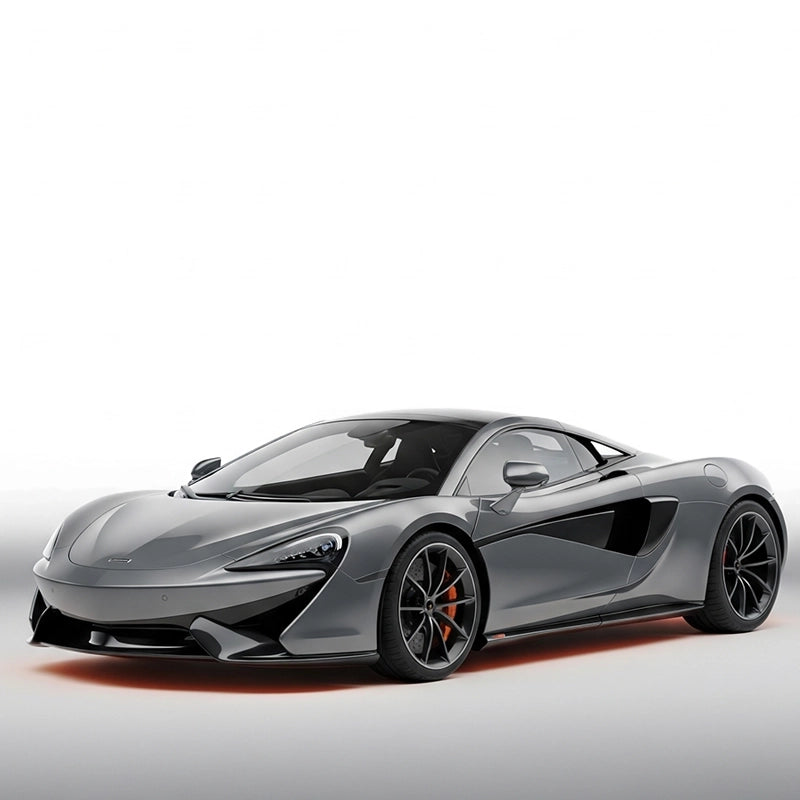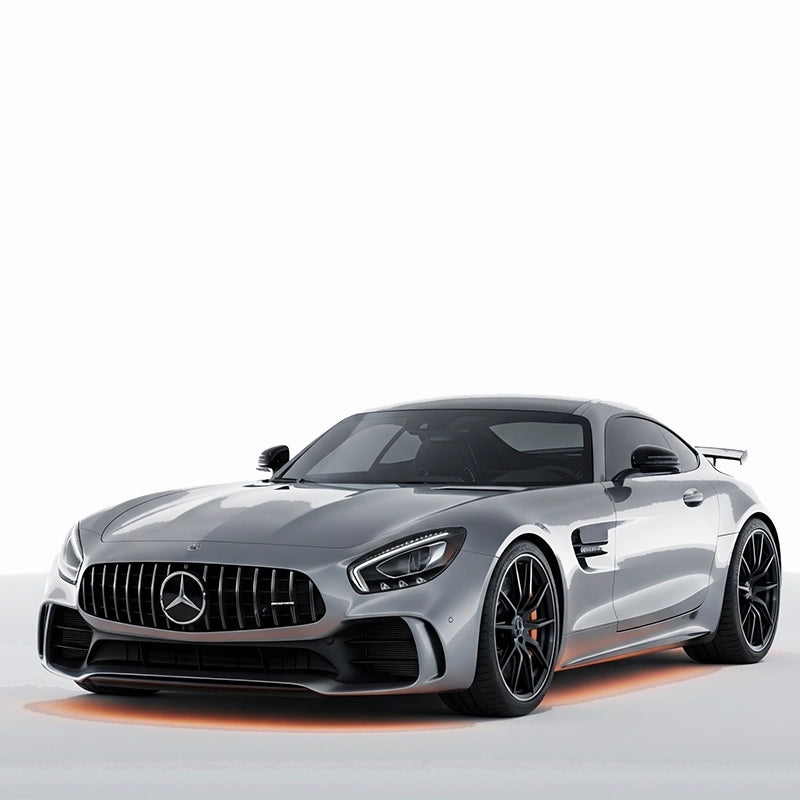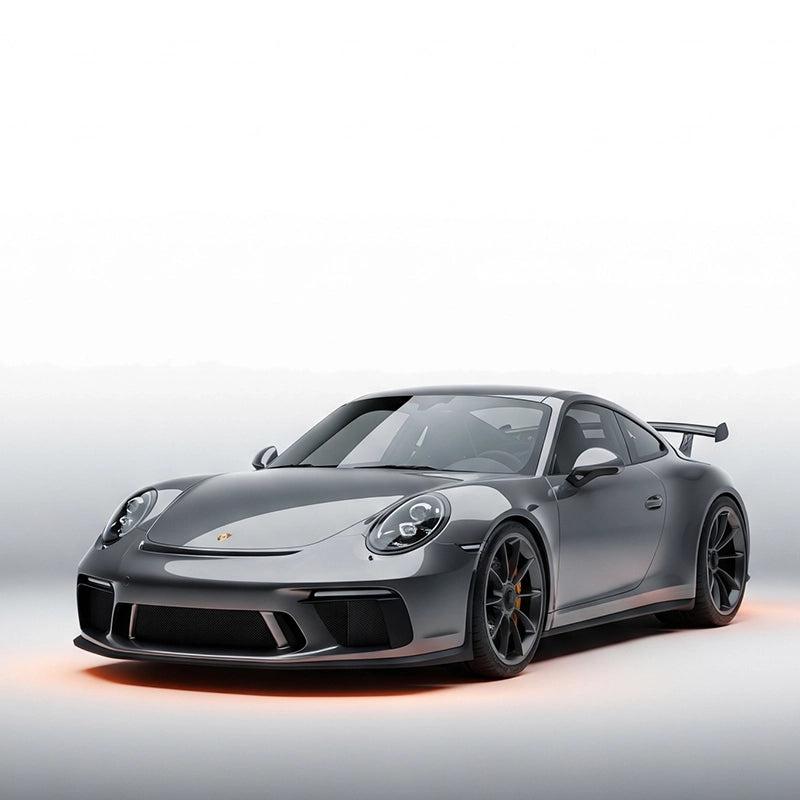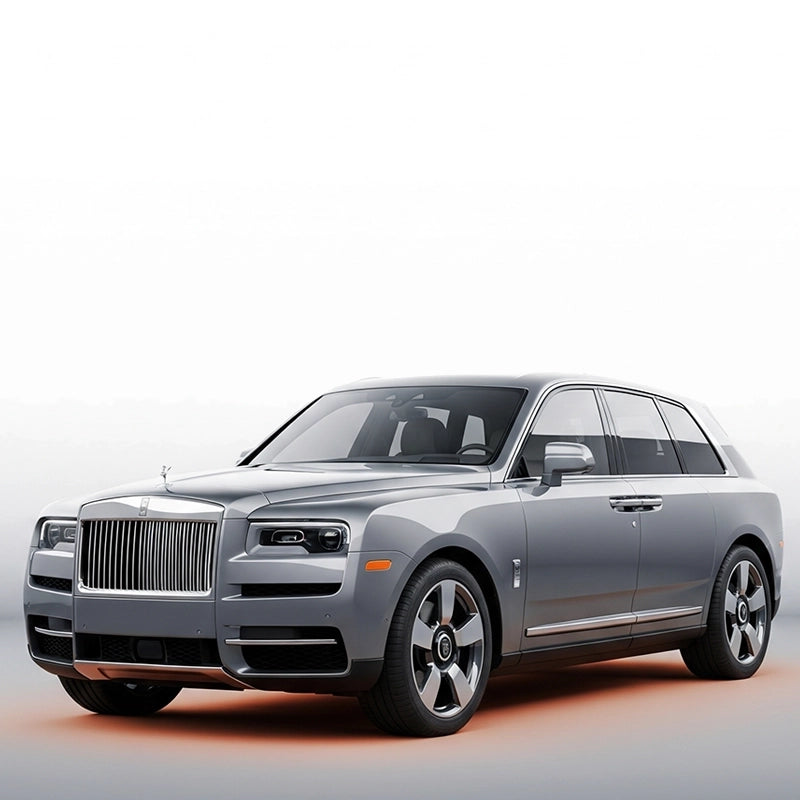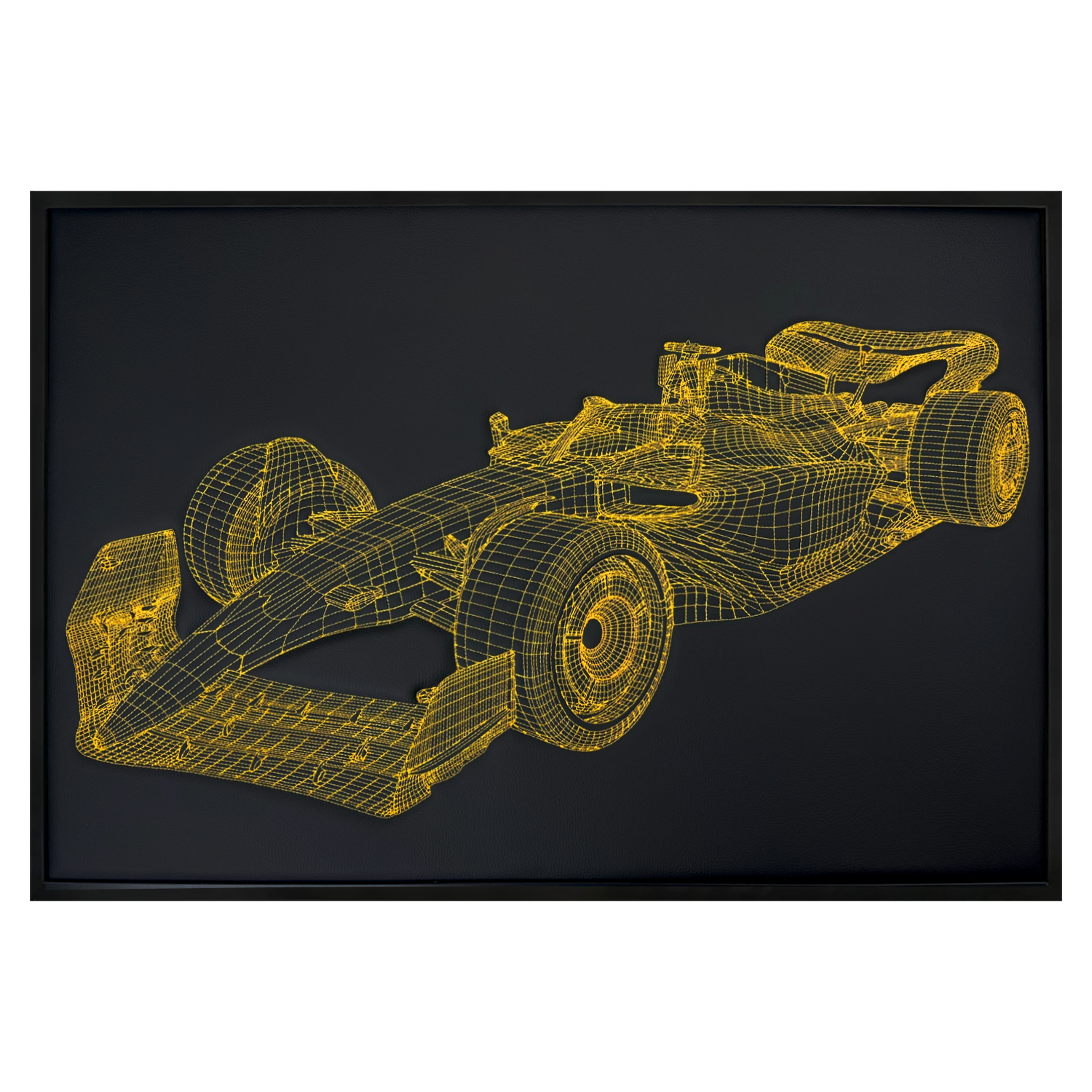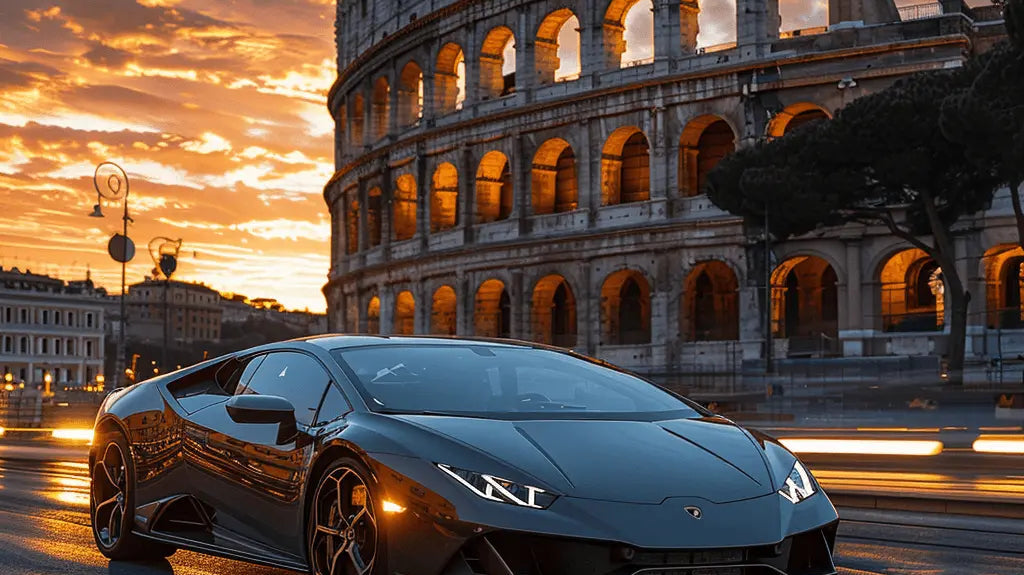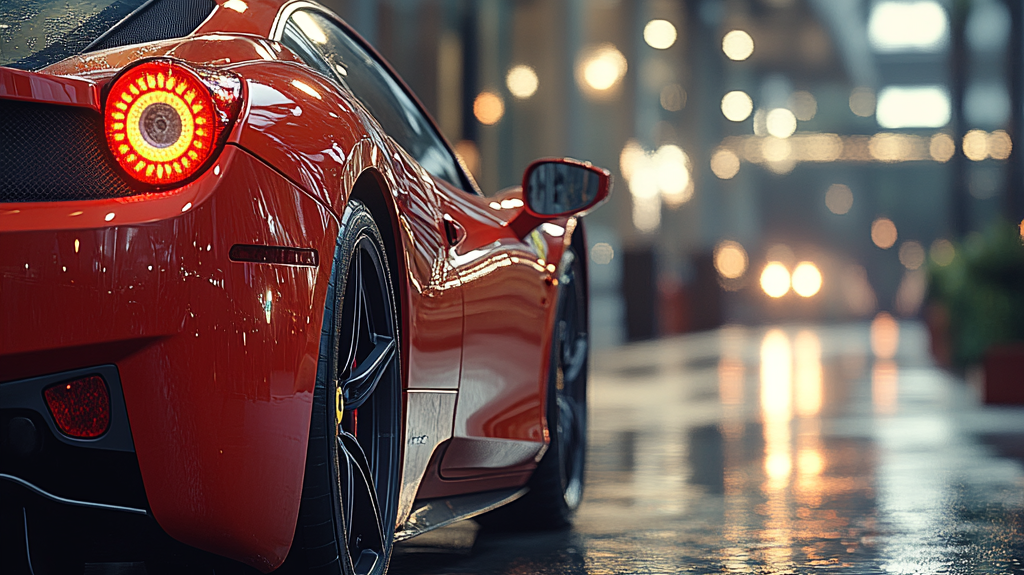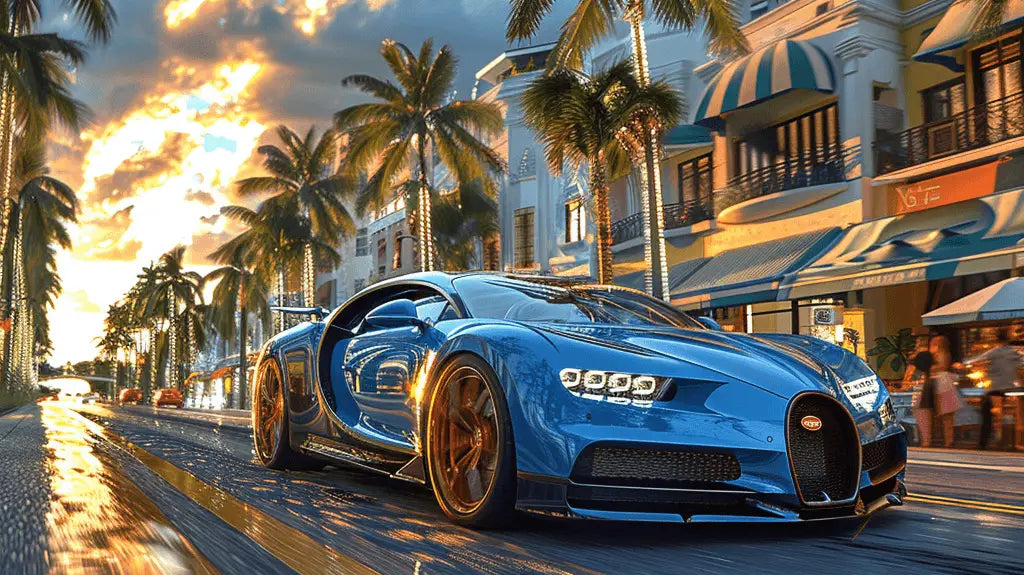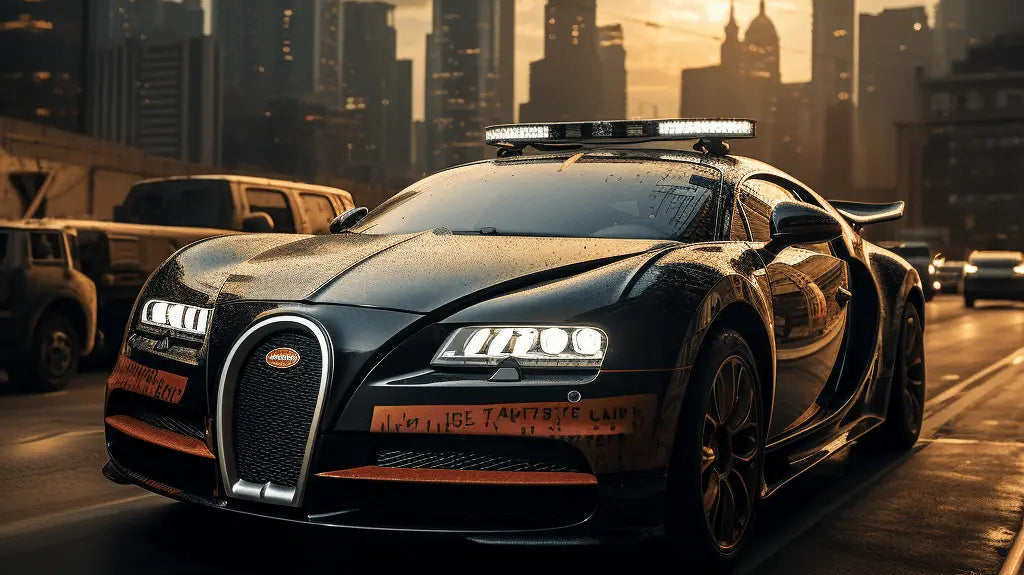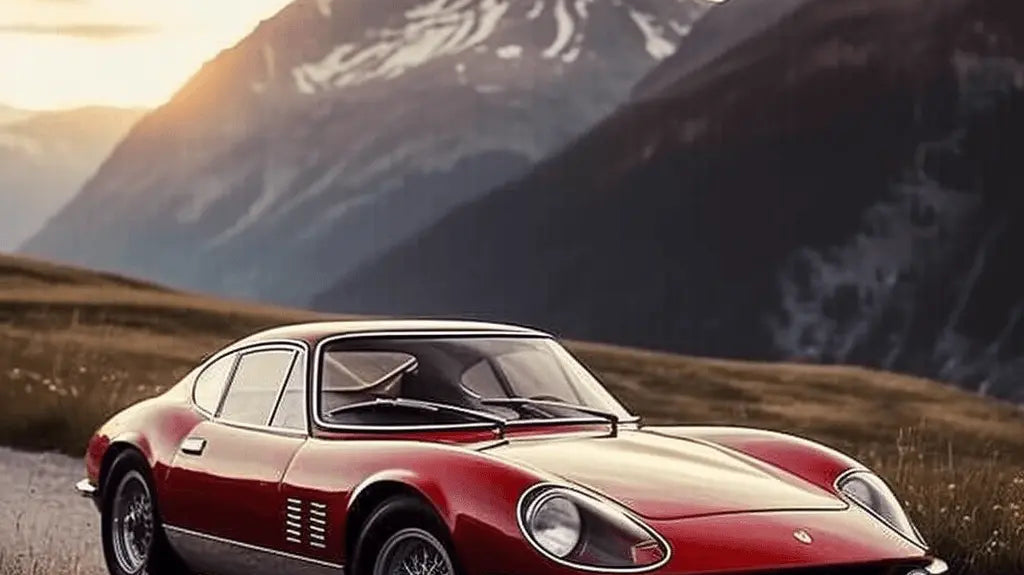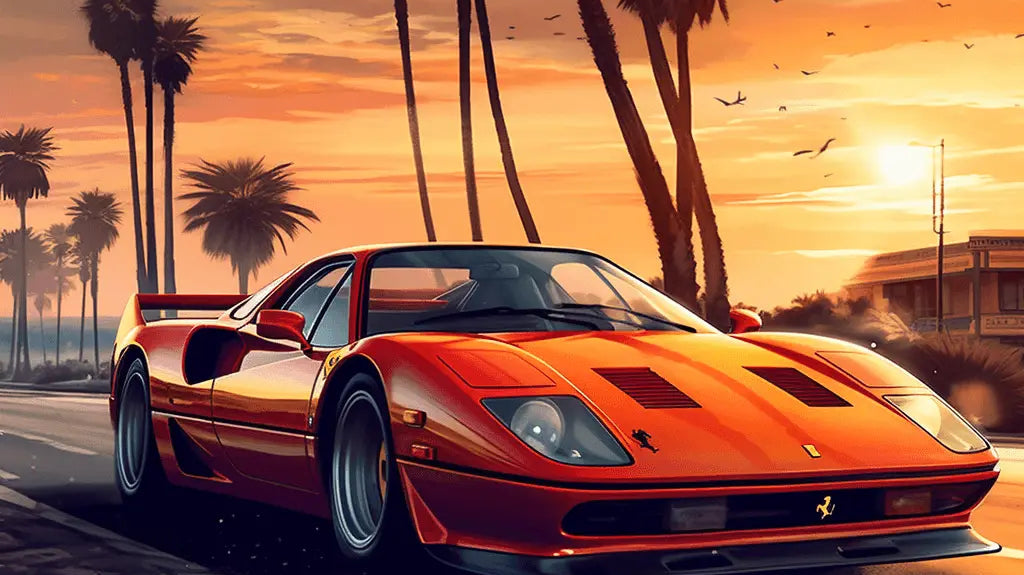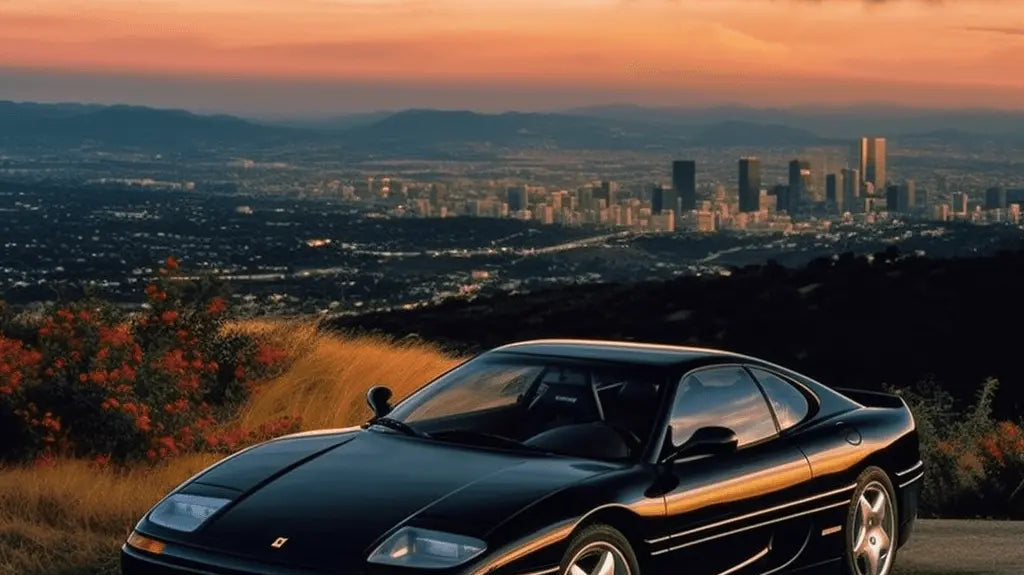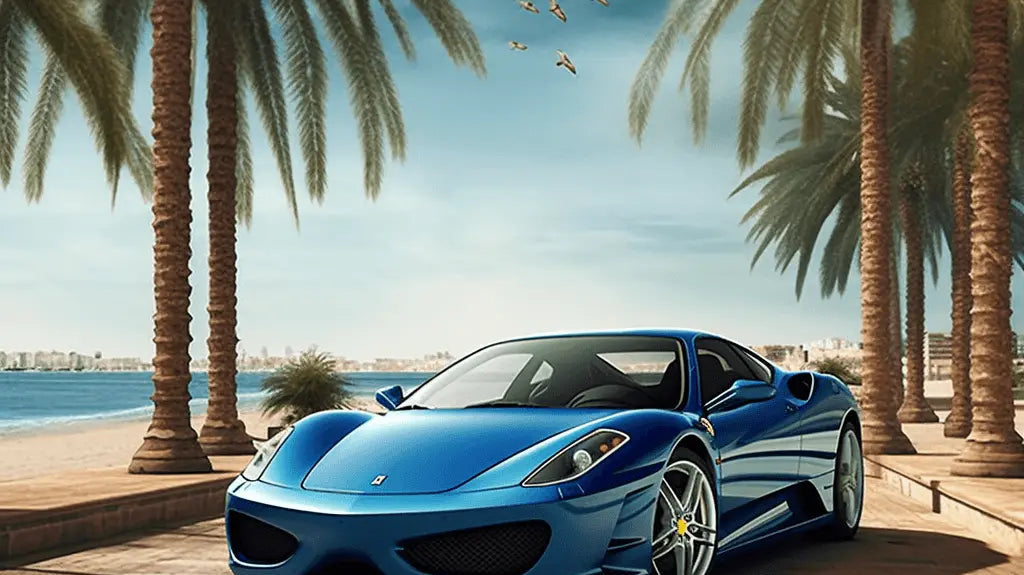Today’s Drive: Lexus warms up a V8 comeback, Toyota plots solid-state fireworks, and Australia’s ute wars get spicy
I’m writing this with the sort of grin you only get after an early blast in something noisy. It’s been that kind of news day: fresh V8 talk from Lexus, Toyota whispering “solid-state” for 2027, and a dust-up in the outback over plug-in utes. Sprinkle in a new luxe Nissan Elgrand, a recalled Tiguan, and a cheeky Toyota mini-4x4 you’re meant to “finish yourself,” and we’ve got a very car-nerd Thursday.
Performance & Passion: Lexus readies a new supercar with an upgraded V8

Remember the way the LFA made the hairs on your forearms stand up at 9000 rpm? Lexus is reportedly back in the mood for mayhem, developing a new flagship supercar with an upgraded V8. No official numbers yet, but the message is clear: Lexus doesn’t want its halo to be silent. I’m here for it. The brand’s current twin-turbo V8s already feel stout on a backroad; if they’re turning the wick up—and adding hybrid assistance for torque fill and response, as is fashionable—expect something properly quick and properly Lexus: refined violence, not blare-for-blare’s sake.
- What to expect: front-mid engine balance, likely hybridized punch, track-ready chassis control.
- Why it matters: it signals Toyota/Lexus still believes in emotive engines alongside EVs.
Electrification chess: Toyota’s 2027 solid-state plan and Mazda’s well-to-wheel reality check
Toyota says a “high-power” EV using solid-state battery tech is targeted for 2027. Translation: faster charging, higher energy density, and potentially lighter packs—exactly what enthusiasts want so EVs can do repeated hot laps without wilting. I’ve run plenty of current EVs through back-to-back runs; thermal fade is real. If Toyota can crack durability and cost, this could be the turning point from “promising” to “compelling.”
Meanwhile, Mazda is urging the industry to talk honestly about total emissions—well-to-wheel, not just tailpipe. As someone who’s done the Melbourne-to-Sydney slog in everything from a diesel wagon to a big-battery EV, the electricity source and how you build the thing matters. The takeaway isn’t “EVs bad,” it’s “do the math properly” and keep multiple powertrain tools in the toolbox while grids get cleaner.

Australia’s ute arms race: Triton vs BYD vs the Navara that grew up on meat pies
Mitsubishi’s Triton Hybrid engineers have been poking at BYD’s Shark 6 PHEV and found off-road limits. No surprise: plug-in systems shine in suburbia but can struggle under long, low-speed, high-load work where heat build-up and battery management get tricky. I’ve cooked a few conventional autos on steep clay climbs over the years; a PHEV asking its e-motors and clutches to do the same job faces its own unique stresses. Credit to Mitsubishi for doing the homework in dirt, not just on the dyno.
Over in the same sandbox, the 2026 Nissan Navara—sharing bones with the new Triton—has been shaped with Australian culture in mind. Think country-road ride tuning, accessories in mind (bars, racks, long-range tanks), and ergonomics that suit hours behind the wheel in sun-bleached work gear. If it steers with the calm, slow-burn competence of the latest Triton but with a Nissan interior twist, tradies and weekend warriors will be happy.

Quick compare: Electrified family haulers landing soon
| Model | What it is | Powertrain headline | ETA (AU) | Why you should care |
|---|---|---|---|---|
| Skoda Kodiaq PHEV (iV) | 7-seat family SUV | 1.5 petrol + plug-in hybrid, ~100km WLTP EV range | 2026 | School runs electric, road trips on petrol—best of both worlds |
| Hyundai Elexio | Made-in-China EV | All-electric; exact specs TBA | 2026 | Hyundai pushing sharper value in the EV space |
| Nissan Elgrand (new gen) | Luxury MPV | Hybrid expected in select markets | TBC | First-class seats for school pickup and airport runs |
Skoda Kodiaq PHEV: early Aussie intel
Skoda has sketched out its first plug-in Kodiaq for Australia, and the numbers that matter are simple: roughly 100 km of electric range (WLTP) and seven-seat practicality. I’ve driven the outgoing Kodiaq on corrugated country roads—big cabin, tidy body control. With a PHEV pack and a quiet e-motor shove for town, this could be the sweet-spot family hauler for people who want an EV Monday to Friday and a no-fuss interstate cruiser on holidays.
Hyundai Elexio: value-first EV headed Down Under
Hyundai has confirmed the Elexio EV for Australia, built in China. Don’t clutch pearls—some of the best bang-for-buck EVs I’ve tested recently were China-sourced. Expect sharp pricing and generous kit. If it lands between Kona’s city-friendly size and Ioniq 5’s lounge-on-wheels vibe, it’ll hit the bullseye for urban families.
VW’s “seat-of-the-pants” strategy (literally) and a Tiguan recall
There’s a charming slice of German practicality in the idea that Volkswagen can beat rivals with better seats—their “bums-on-seats” focus. It sounds glib, but they’re not wrong: seat comfort is the first thing you notice at the 90-minute mark. I still remember a 600 km day in a Tiguan where it felt like the lumbar was made by an osteopath, not an accountant.
On the more serious side, Volkswagen has issued a recall for the Tiguan in Australia. If you own one, expect to hear from the brand or your dealer about a remedy. Book it sooner rather than later; recalls are free, fast, and worth your peace of mind.

Nissan Elgrand: the lounge comes to the car park
Nissan’s newest Elgrand is billed as the most luxurious yet. Think airline-style captain’s chairs with ottomans, quiet isolation, and that hushed glide you only get from a properly sorted people mover. I once hopped into an older Elgrand after a red-eye and was asleep before we hit the motorway. If the new one layers in a hybrid system with better refinement and less fuel burn in stop-start traffic, this could be the family VIP shuttle of choice.
Range Rover’s sportiest crossover is getting meaner
Range Rover’s quickest crossover is due a more aggressive update—expect bigger cooling apertures, serious brakes, and calibration tweaks for a sharper hit off the line. Whether this is a hotter Sport or a breathed-on Velar, the formula’s proven: keep the cabin plush, make the outside a touch villainous, and let the chassis do the talking. I’d wager on a fortified V8 or a brawny hybrid setup with launch-control theatrics.
DIY trail toy: Toyota’s purposely “incomplete” mini-4x4
Toyota is cooking a pint-sized 4x4 that arrives as a blank canvas on purpose. It’s a wonderfully old-school idea: give owners the bones—proper approach/departure angles, simple body, accessory-ready electrics—and let them build the personality. Call it Jimny-adjacent with Toyota’s parts catalog behind it. I’ve spent too many weekends modding trucks to count; starting with a purposely unfinished platform is the right kind of trouble.
Reality check: Driver aids are not chauffeurs
A Tesla driver reportedly fell asleep and plowed into a police cruiser. Nobody should be surprised anymore: hands-on systems are lane assist, not autopilots in the aviation sense. The best of them can center you on a freeway, yes, but they still need a conscious human. I keep my weight on the wheel and my eyes up, even in cars that nag less—it’s the only way this tech stays a convenience, not a headline.
Today’s quick hits
- Lexus stirs the soul with talk of a new V8 supercar—hybrid twist likely.
- Toyota targets 2027 for a solid-state showcase; Mazda wants the emissions scorecard to be honest.
- Skoda’s Kodiaq PHEV aims for ~100 km EV range; Hyundai’s Elexio EV chases value.
- Mitsubishi’s engineers poke holes in BYD Shark’s rough-track stamina; Navara goes Aussie in 2026.
- Volkswagen issues a Tiguan recall; check in with your dealer.
- Nissan Elgrand doubles down on lounge-life; Range Rover’s sportiest crossover sharpens its jawline.
- Toyota’s mini-4x4 invites you to finish the job—spanners encouraged.
Conclusion
The week’s theme is balance: Lexus and Range Rover keep the flame lit for noise and drama, while Toyota, Skoda, and Hyundai shuffle the EV deck for everyday life. Australia’s ute scene is where theory meets dust and heat—exactly where the tech will prove itself. In the middle of it all, seat comfort and driver attention still matter as much as any kilowatt figure. Funny how the basics never go out of style.
FAQ
-
When will Toyota’s solid-state EV arrive?
Toyota is targeting 2027 for a high-power EV featuring solid-state batteries. -
How far will the Skoda Kodiaq PHEV drive on electricity?
Skoda is targeting roughly 100 km of WLTP electric range, enough for most commutes and school runs. -
Is the Hyundai Elexio confirmed for Australia?
Yes. It’s a China-built Hyundai EV slated for Australia, with detailed specs to be announced closer to launch. -
What’s happening with the VW Tiguan recall?
A recall has been issued locally; owners will be contacted by Volkswagen or can book in with their dealer for the fix at no cost. -
Will the new Lexus supercar be hybrid?
Lexus hasn’t detailed the powertrain, but an upgraded V8 with some form of electrification is a strong possibility given current performance trends.
Premium Accessories for Mentioned Vehicles
Custom-fit floor mats and accessories for the cars in this article

